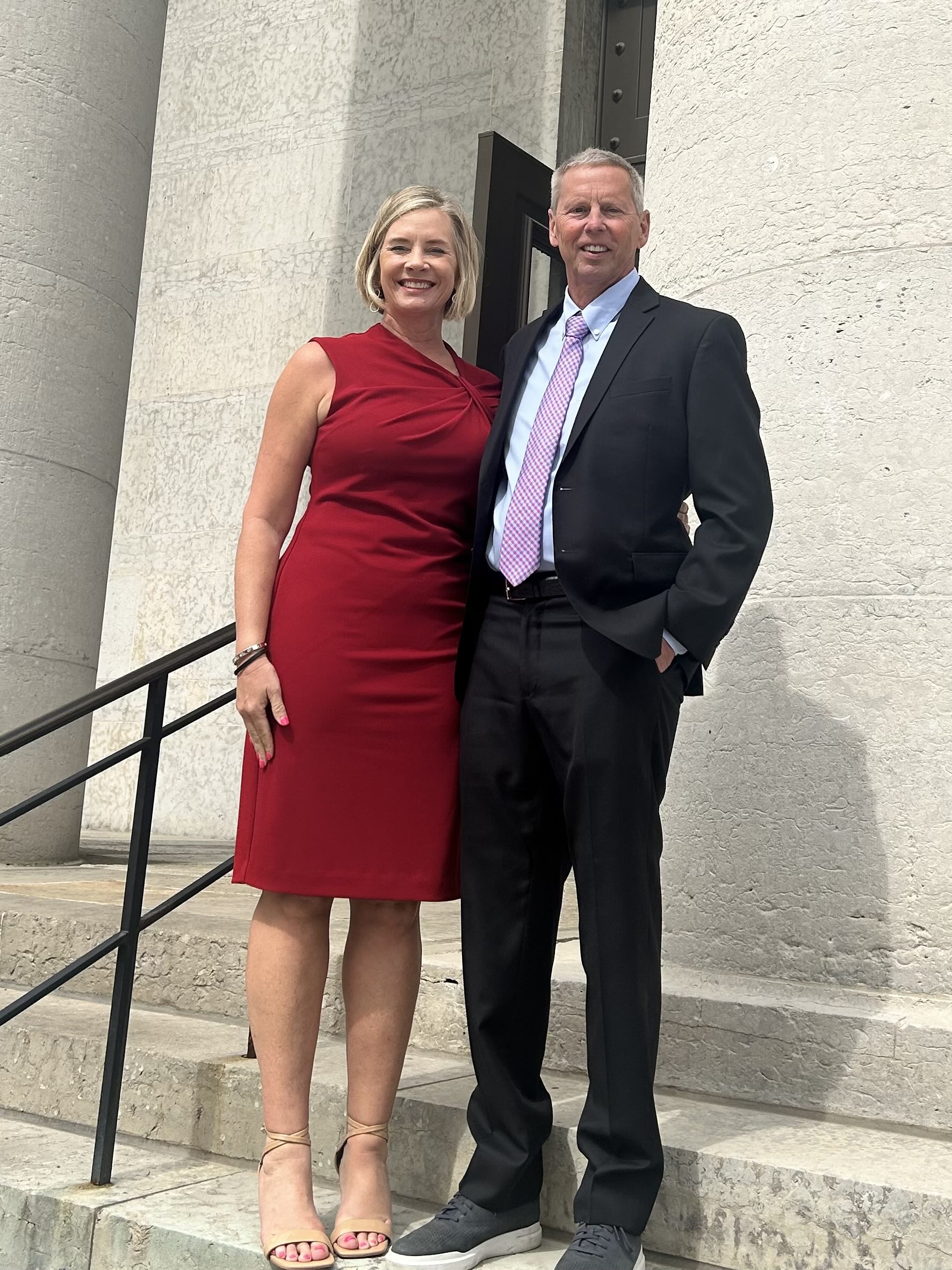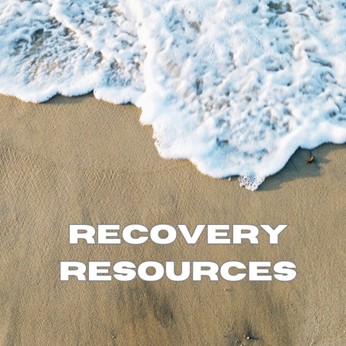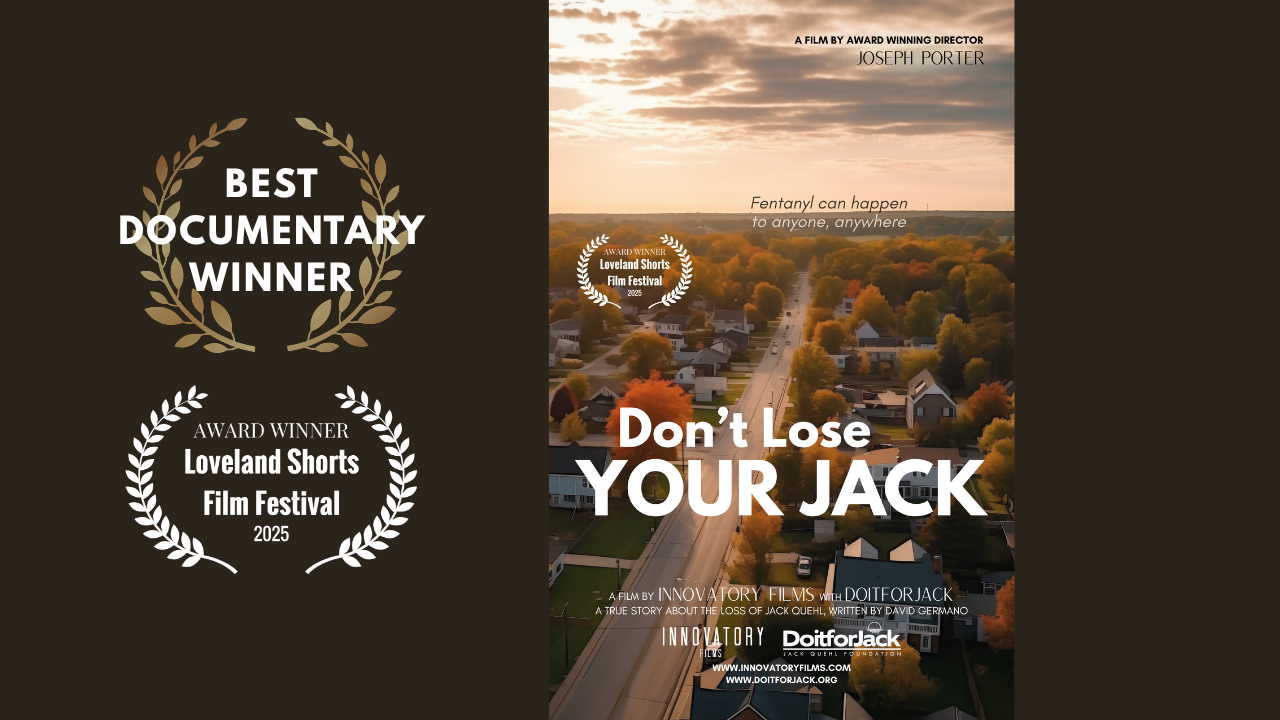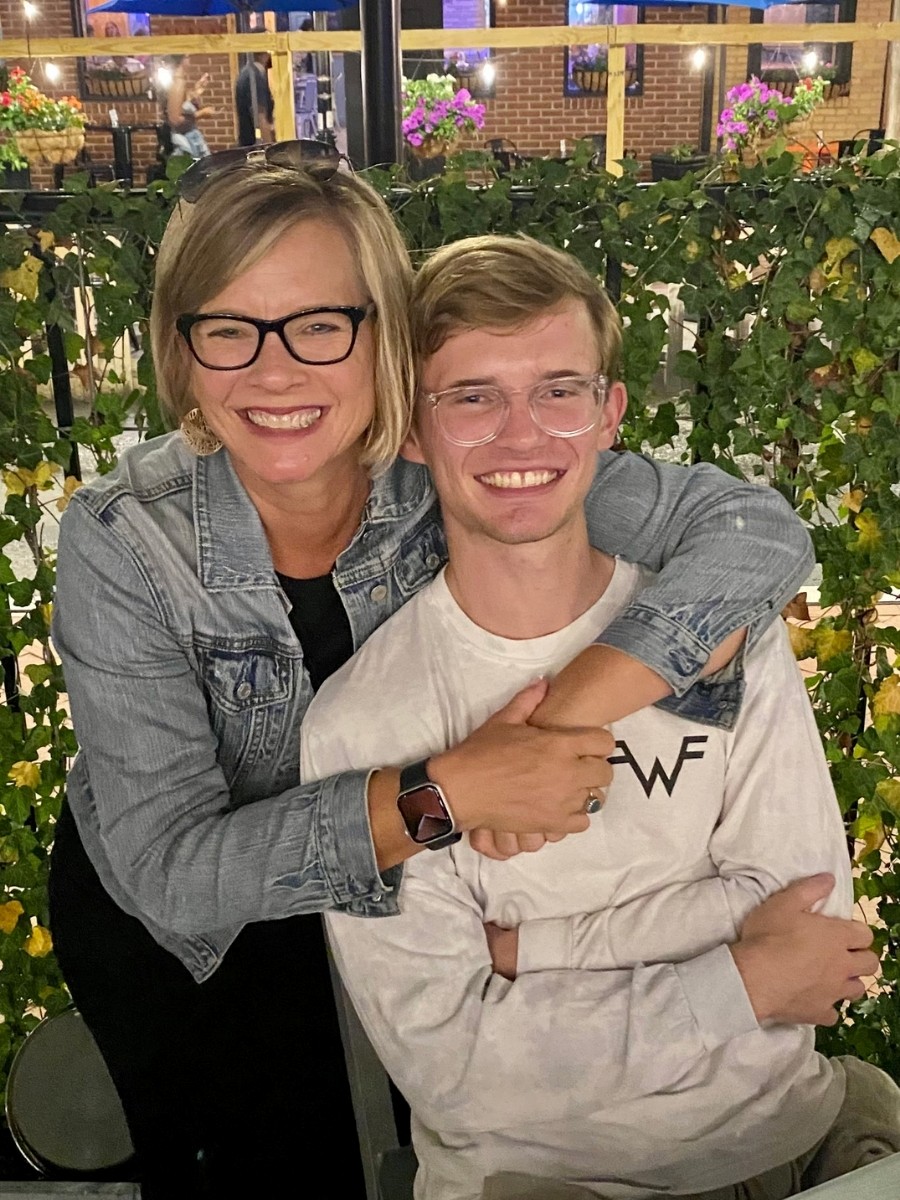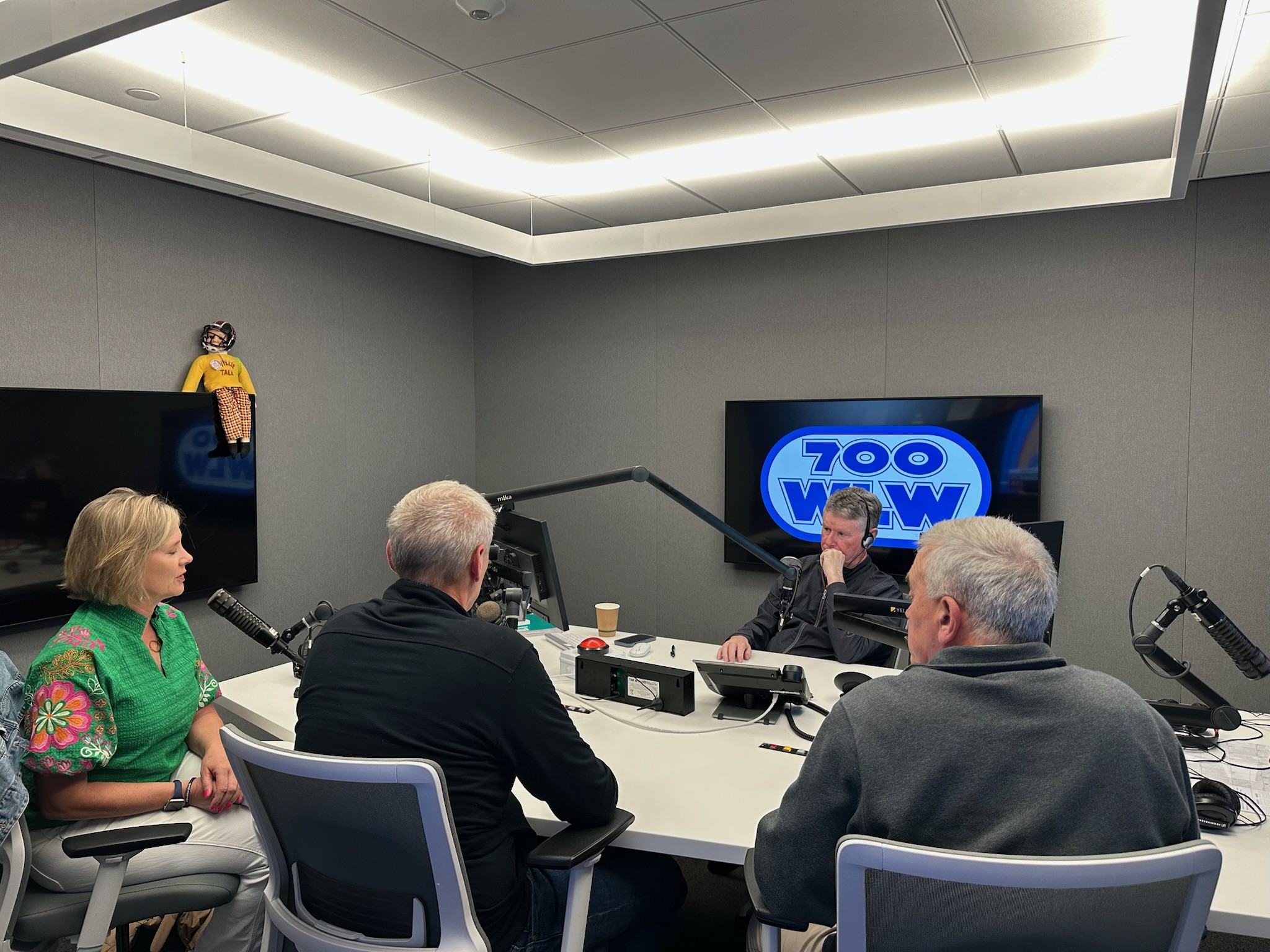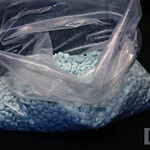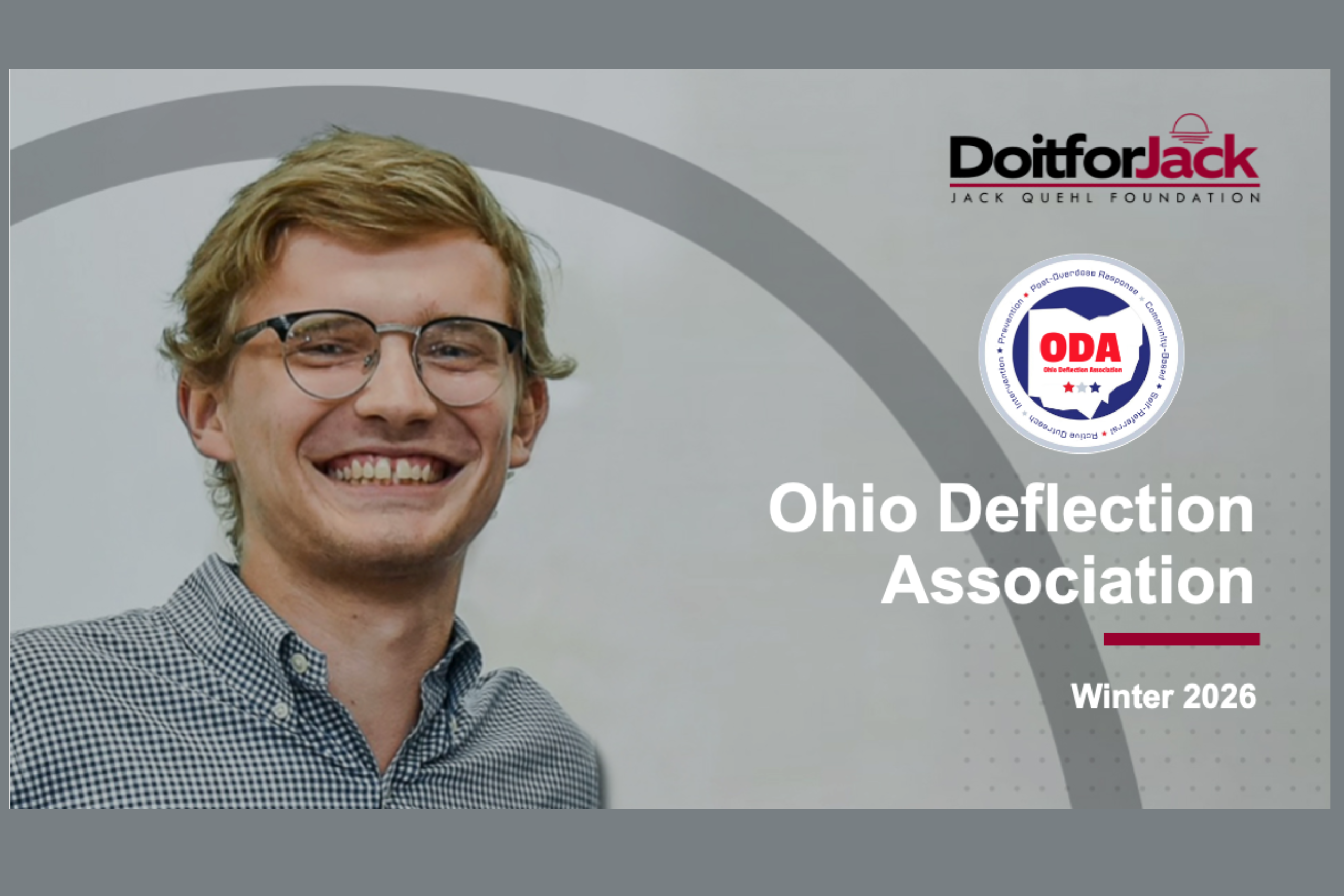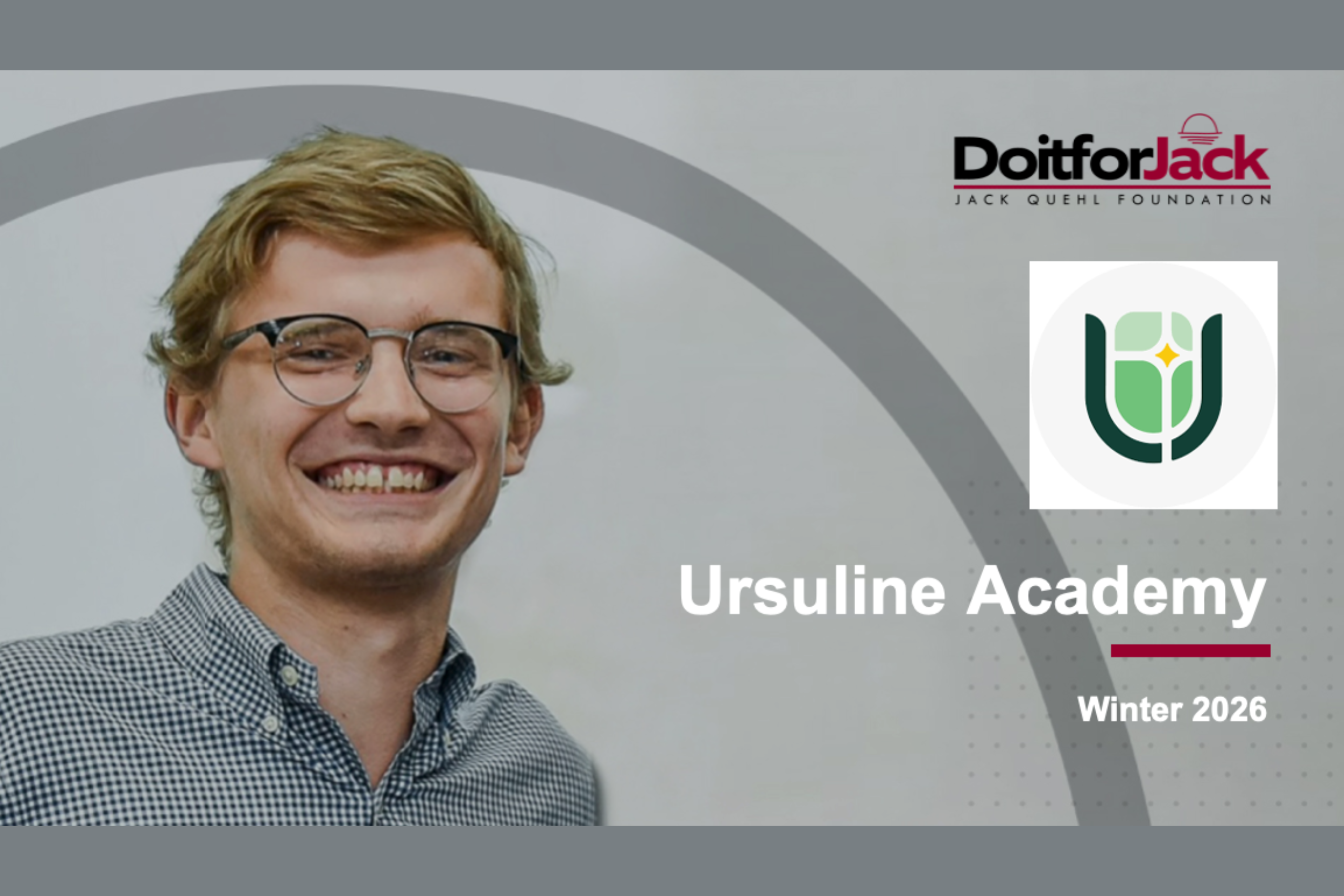Our
latest news
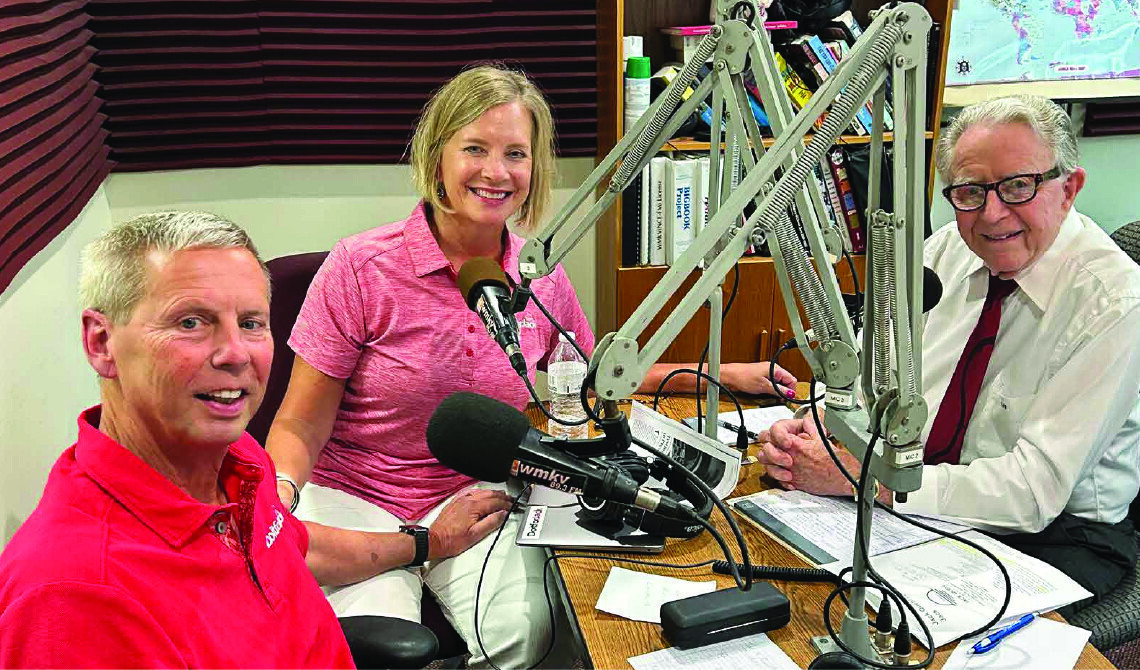
We’ve
delivered
over 4M
media
impressions
for awareness
Cocaine seizures with fentanyl have spiked by 15X in Ohio.
In the News
Help us Make the News
The more people who see what we’re doing, the more we can educate and inspire. Help us share the story.
Upcoming
Events

Stay
informed & involved
Get inspiring stories, life-saving info, and community updates. And be part of the change.
